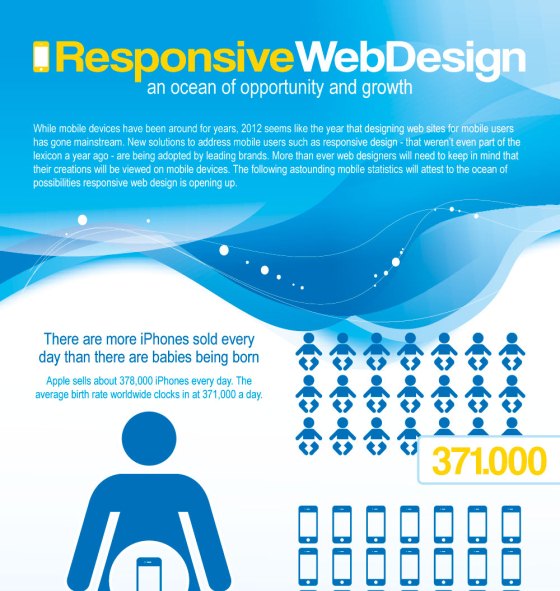Intrigued In Learning Just How Website Style Has Developed Throughout The Years? Check Out The Trip From Uncomplicated Layouts To User-Centered Methods
Intrigued In Learning Just How Website Style Has Developed Throughout The Years? Check Out The Trip From Uncomplicated Layouts To User-Centered Methods
Blog Article
Material Written By-Tobiasen Peters
In the past, websites were straightforward and focused on details. Navigation was straight, and style was for desktop computers. Currently, user experience is essential. Data guides styles for easy navigating. Responsive designs match various devices. Today, dark setting lowers stress, and minimal menus improve navigating. Interactive attributes involve users, and strong visuals stick out. AI combination boosts interaction. See just how design has actually progressed to improve your on the internet trip.
Very Early Days of Website Design
In the very early days of web design, simpleness reigned supreme. Internet sites were fundamental, with restricted shades, font styles, and designs. The emphasis got on supplying information rather than flashy visuals. Users accessed the net through sluggish dial-up links, so speed and functionality were vital.
Navigation menus were straightforward, generally located at the top or side of the page. Websites were developed for computer, as mobile browsing wasn't yet common. Web content was king, and designers prioritized very easy readability over complex style components.
HTML was the main coding language used, and designers had to work within its restrictions. Computer animations and interactive features were very little contrasted to today's requirements. Websites were static, with little vibrant web content or customized customer experiences.
Increase of User-Focused Style
With the development of internet site layout, a change towards user-focused style principles has ended up being progressively popular. Today, creating internet sites that focus on user experience is crucial for involving site visitors and achieving service objectives. User-focused style includes understanding the demands, preferences, and actions of your target audience to customize the web site's design, content, and includes accordingly.
Designers currently carry out complete research, such as user surveys and usability screening, to gather insights and responses directly from users. This data-driven method helps in producing instinctive navigation, clear calls-to-action, and visually attractive user interfaces that reverberate with visitors. By placing the individual at the center of the layout procedure, web sites can provide a more individualized and pleasurable experience.
Responsive design has actually likewise become a crucial element of user-focused layout, making certain that sites are enhanced for various tools and screen dimensions. This flexibility boosts accessibility and functionality, catering to the diverse ways individuals interact with websites today. Fundamentally, the rise of user-focused layout symbolizes a shift towards developing digital experiences that focus on the demands and expectations of completion individual.
Modern Trends in Website Design
Check out the most up to date patterns shaping web design today. https://www.business2community.com/search-engine-optimization/the-right-way-to-increase-domain-authority-5-steps-4-truths-3-tips-02452156 is dark mode style, supplying a smooth and modern appearance while lowering eye pressure in low-light environments. Another vital fad is minimal navigation, simplifying menus and enhancing customer experience by focusing on essential elements. Integrating micro-interactions, such as animated buttons or scrolling results, can produce a much more appealing and interactive website. Responsive design stays crucial, making certain smooth individual experiences across different devices. In addition, using strong typography and unbalanced formats can include visual interest and accentuate details web content.
Integrating AI innovation, like chatbots for client assistance or tailored referrals, improves customer interaction and improves procedures. Accessibility has likewise come to be a considerable fad, with developers focusing on inclusive design methods to cater to diverse user demands. Accepting sustainability by maximizing site efficiency for speed and efficiency is one more arising fad in website design. Teaming up with individual responses and data analytics to iterate and enhance layout continuously is crucial for remaining relevant in the ever-evolving digital landscape. By accepting these modern fads, you can produce an aesthetically enticing, straightforward web site that resonates with your target market.
Final thought
As you reflect on the development of internet site style from the early days to now, you can see how user-focused layout has come to be the driving pressure behind modern-day trends.
Accept the trip of modification and adjustment in web design, constantly keeping the individual experience at the center.
Tippingpointdigital
Stay existing with the most up to date fads and innovations, and never quit developing your approach to develop aesthetically sensational and user-friendly websites.
Develop, adapt, and produce - the future of website design remains in your hands.
